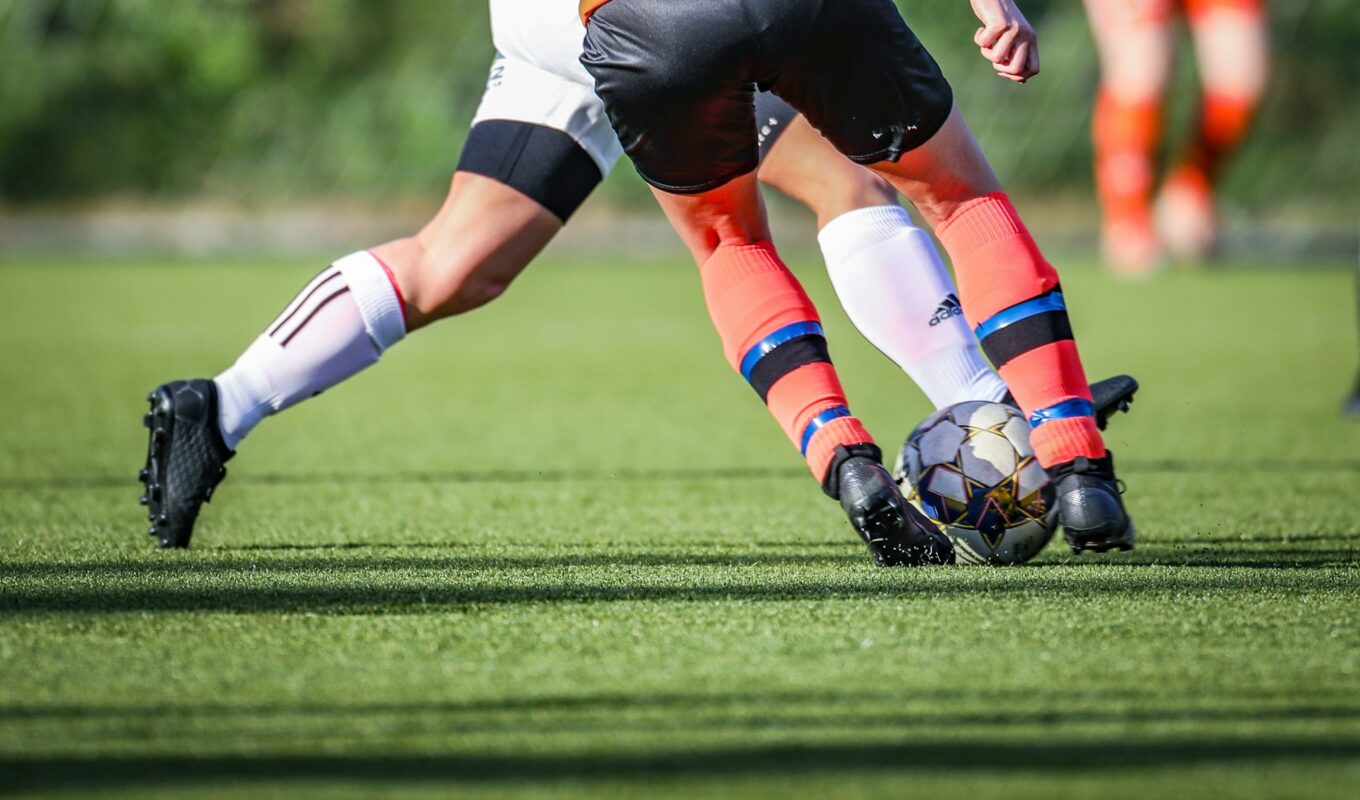
How to Choose the Perfect Soccer Ball for Every Playing Surface
Soccer is the world’s most popular sport, and having the right equipment can make all the difference in your game. One of the most essential pieces of gear is the soccer ball itself. However, not all soccer balls are created equal. Different playing surfaces require different types of soccer balls to ensure optimal performance, durability, and playability. Whether you’re playing on natural grass, artificial turf, futsal courts, or even the streets, choosing the right soccer ball is crucial. This guide will help you understand how to pick the perfect soccer ball for every playing surface.
1. Natural Grass Soccer Balls
Traditional soccer is played on natural grass fields, and soccer balls designed for this surface are typically made with high-quality materials to ensure the best performance. These balls often have a leather or synthetic polyurethane (PU) cover, providing durability and a softer feel for better control.
Key Features:
- Made with high-quality PU or synthetic leather.
- Designed for a balanced flight and consistent bounce.
- Water-resistant properties to withstand wet conditions.
- FIFA-approved options are ideal for competitive matches.
When choosing a soccer ball for natural grass, consider brands that meet FIFA or league standards to ensure top performance. These balls provide excellent grip and handling, making them ideal for professional and amateur matches alike.
2. Artificial Turf Soccer Balls
With the rise of artificial turf fields, soccer balls have been specifically designed for these surfaces. Turf can be more abrasive than natural grass, so the balls used here need to be more durable and resistant to wear and tear.
Key Features:
- Made with a tougher outer shell to withstand rough artificial surfaces.
- Less bounce compared to natural grass balls to accommodate the firmer ground.
- Extra durability to prevent premature wear.
- Often labeled as “turf” or “artificial grass” soccer balls.
When selecting a soccer ball for artificial turf, look for reinforced stitching and strong outer materials to ensure longevity and consistent performance.
3. Futsal Soccer Balls
Futsal is a popular variation of soccer played on hard courts, often indoors. Futsal balls are designed to be smaller and heavier than regular soccer balls, with less bounce to accommodate the fast-paced nature of the game.
Key Features:
- Smaller in size (typically size 4) and heavier than outdoor soccer balls.
- Low-bounce construction for better control on hard surfaces.
- Made with a soft, felt-like material for improved grip and handling.
- Designed for precise passing and close ball control.
If you’re playing futsal, investing in a proper futsal ball will enhance your gameplay, as it provides better control and reduces unpredictable bounces.
4. Street Soccer Balls
For those who love playing in urban settings, street soccer balls are specifically designed for rough surfaces like concrete and asphalt. These balls are built to be extremely durable and can handle frequent play on unforgiving surfaces.
Key Features:
- Made with an abrasion-resistant rubber or composite material.
- Smaller and slightly heavier for better control.
- Reinforced bladder to maintain shape despite hard impacts.
- Designed to withstand repeated use on rough terrain.
Street soccer balls are perfect for casual games in parking lots, driveways, or playgrounds, providing excellent grip and control despite the rough surface.
5. Beach Soccer Balls
Playing soccer on the beach requires a different type of ball due to the soft, uneven surface and the presence of sand. Beach soccer balls are designed to be lightweight and comfortable for barefoot play.
Key Features:
- Made with soft, water-resistant materials for comfort and durability.
- Lighter weight for easier play in sandy conditions.
- Slightly larger than standard soccer balls for better visibility.
- Designed to absorb minimal water, preventing heaviness.
If you enjoy playing soccer at the beach, choosing a ball specifically designed for this environment will improve your experience and prevent injuries.
Conclusion
Choosing the right soccer ball for your playing surface is essential for an enjoyable and effective game. Whether you’re playing on natural grass, artificial turf, futsal courts, concrete streets, or sandy beaches, using the correct ball ensures durability, optimal performance, and better gameplay. Investing in the right soccer ball tailored to your playing environment will not only enhance your skills but also prolong the life of your ball. Next time you purchase a soccer ball, consider where you’ll be playing and select the best option for your needs. Happy playing!